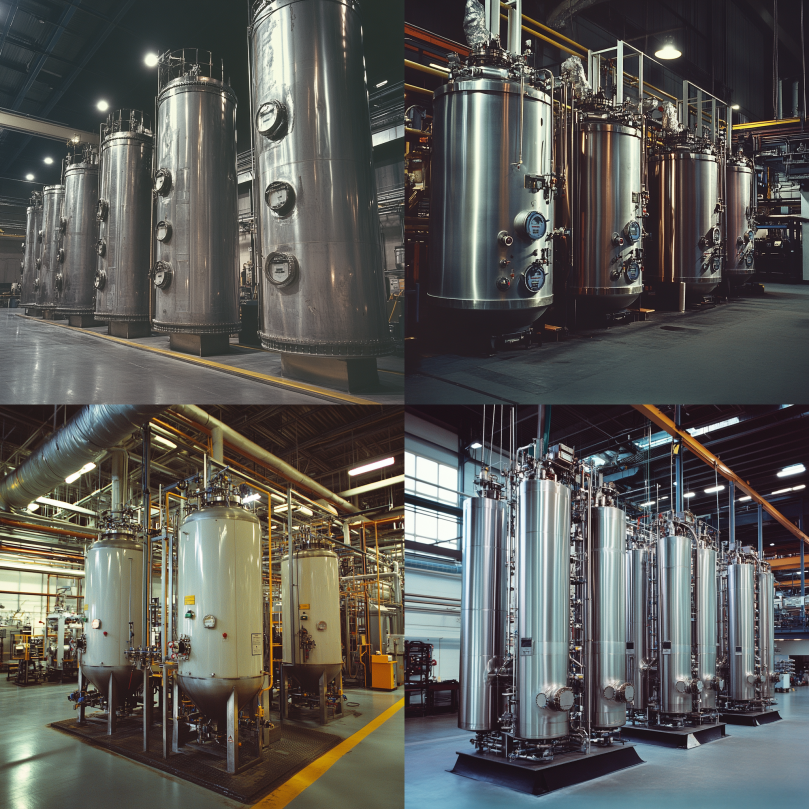
Improving Process Flow in Factories Using Vertical Pressure Vessels
Improving process flow in factories using vertical pressure vessels has rapidly become a strategic priority for modern American manufacturing facilities. As businesses seek innovative solutions to maximize production efficiency and space utilization, more operations are turning to vertical pressure vessels to optimize flow using vessels designed for compactness and performance. These vessels support a vertical configuration that enhances gravitational feed, simplifies piping layouts, and minimizes floor space usage—key advantages in environments where square footage is both limited and costly.
By choosing to optimize flow using vessels that are engineered for vertical integration, facilities benefit from improved safety protocols, easier maintenance access, and streamlined system design. Vertical pressure vessels also reduce the complexity of fluid transfer, making them ideal for applications involving liquids, gases, or chemical processing. In high-throughput operations where downtime is costly, these vessels play a critical role in ensuring consistent and reliable process flow.
From pharmaceuticals and petrochemicals to food processing and water treatment, more industries are choosing to optimize flow using vessels that combine space efficiency with operational reliability. The vertical design not only aligns with lean manufacturing goals but also contributes to better thermal performance, pressure control, and compliance with industry standards. As a result, vertical pressure vessels are proving to be a smart, scalable solution for improving factory operations in the U.S.
What Are Vertical Pressure Vessels?
Vertical pressure vessels are cylindrical containers designed to stand upright, making them highly effective for storing or processing gases, liquids, or slurries under pressure. One of the primary benefits of optimize flow using vessels in vertical form is their ability to take advantage of gravity-assisted flow, which improves efficiency in fluid dynamics and reduces the need for additional pumps or complex piping systems. Optimize flow using vessels that utilize vertical space allows facilities to enhance operational performance while occupying a smaller physical footprint compared to horizontal alternatives.
When space is limited, vertical pressure vessels become a vital solution for maximizing available square footage without sacrificing capacity. These vessels are particularly useful in factories where every inch of floor space counts, and streamlining the design of the plant layout is crucial for overall productivity. The upright orientation of vertical vessels allows for easier integration into existing systems, as it simplifies the flow of materials and reduces the risk of leaks or blockages. Moreover, by choosing to optimize flow using vessels in a vertical arrangement, manufacturers can boost system efficiency, increase safety measures, and achieve better overall control of their processing operations.
Key characteristics:
- Installed vertically with small base footprint
- Supports top-to-bottom flow orientation
- Commonly used for separation, filtration, and storage
- Designed per ASME Section VIII for safety and pressure standards
Improving process flow in factories using vertical pressure vessels begins with understanding how this orientation contributes to production speed and safety.
Benefits of Vertical Pressure Vessels in American Factories
Space Optimization
Vertical pressure vessels occupy less floor space, making them ideal for compact or urban factories. They allow more room for walkways, machinery, and expansion.
Gravity-Assisted Flow
Improving process flow in factories using vertical pressure vessels is enhanced by gravity-driven drainage and separation, which reduces the need for pumps and extra piping.
Easier Integration
Vertical vessels can be installed between upper and lower levels or mezzanines, allowing efficient fluid transfer between stages of production.
Maintenance Accessibility
With no need to climb over extended horizontal surfaces, vertical vessels are often easier and safer to inspect and service.
Better Segregation
Ideal for gas-liquid or solid-liquid separation, vertical pressure vessels support improved flow stratification, aiding in product quality and consistency.
Common Industrial Applications: Optimize Flow Using Vessels Across Industries
Improving process flow in factories using vertical pressure vessels is most evident in the following industries:
Food & Beverage
Used for syrup blending, carbonation tanks, and fermentation units, helping optimize layout in hygienic spaces.
Pharmaceuticals
Vertical vessels support batch mixing, sterile fluid storage, and process integrity in tight, cleanroom environments.
Chemical Processing
Ideal for separation, distillation columns, and pressure-regulated storage in compact production zones.
Oil & Gas
Used in vertical separators, surge tanks, and gas scrubbers—especially on offshore platforms and modular refineries.
Water Treatment
Improve efficiency with vertical sand filters, degassers, and resin vessels that maximize filtration performance in limited floor plans.
Design Considerations for Vertical Pressure Vessels
Improving process flow in factories using vertical pressure vessels requires attention to specific design features:
- Leg Supports or Skids: Must be engineered for stability, especially during seismic activity or forklift movement.
- Nozzle Orientation: Should match upstream and downstream piping to minimize friction and pressure drop.
- Drainage Angle: Base curvature should support full drainage and cleaning, especially in sanitary environments.
- Manways & Access Ports: Allow easy vertical access for maintenance and inspections.
- Wind & Load Rating: Must be considered for outdoor applications and rooftop mounting.
Vertical Vessel Efficiency
Vertical pressure vessels are becoming a strategic choice for American manufacturers aiming to reduce waste, optimize space, and increase production. Their compact design supports lean manufacturing, modular systems, and efficient plant layouts. By using vertical vessels, factories can improve operational efficiency, minimize wasted floor space, and enhance production flow.
These vessels align with lean principles by reducing the need for extra piping or pumps, streamlining the system. Their smaller footprint creates a more organized layout, improving workflows and boosting throughput. This design helps businesses stay adaptable and competitive in fast-paced industries.
In today’s manufacturing environment, vertical pressure vessels offer a cost-effective, long-term solution, enhancing operational safety and product quality. They improve throughput, reduce downtime, and ensure compliance with safety standards, making them a valuable investment for manufacturers.
Need a reliable partner?
Red River specializes in the design and manufacturing of pressure vessels. We also fabricate related items such as prefabricated spools and skid packages.
Reach out to us today and experience the Red River difference. Where American-made products and American Values come together, we care more.
Frequently Asked Questions
1. Why are vertical pressure vessels better for process flow?
They use gravity for natural flow, reduce floor space, and allow more efficient integration into stacked or tiered production layouts.
2. Are vertical vessels harder to clean?
No. In fact, their upright orientation often makes drainage and clean-in-place (CIP) processes simpler and more effective.
3. Can vertical pressure vessels handle high pressure?
Yes. When built to ASME standards, vertical vessels can safely handle a wide range of pressures and temperatures.
4. What’s the typical material used for vertical pressure vessels?
Carbon steel and stainless steel are common, with the choice depending on pressure, contents, and corrosion resistance needs.
5. Are vertical vessels more expensive than horizontal ones?
They can be slightly more costly to fabricate due to structural supports, but the operational and space-saving benefits often outweigh initial costs.
Key Takeaways
- Improving process flow in factories using vertical pressure vessels leads to better space utilization and gravity-enhanced operations.
- These vessels offer a smaller footprint, safer maintenance, and seamless integration into modern factory layouts.
- Industries like food, pharma, chemical, and water treatment benefit from vertical pressure vessels.
- Design considerations include load-bearing supports, nozzle layout, drainage, and code compliance.
- Vertical vessels support lean, modular, and efficient American manufacturing practices.
Related Blog Post
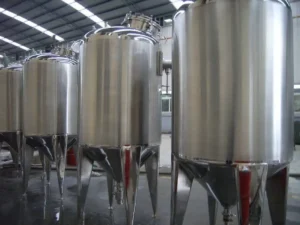
How a Glycol System Works
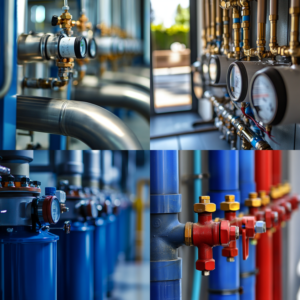
Ethylene Glycol Water: A Complete Heat Transfer Guide
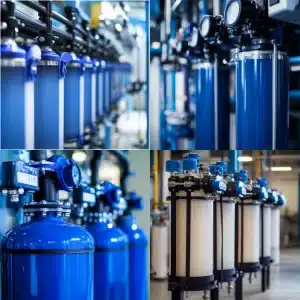
Water Filter Replacement
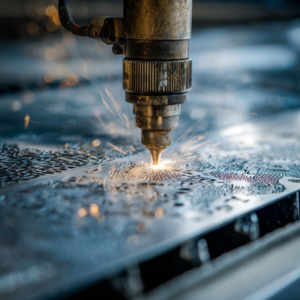
Why Use Stainless Steel Sheet Metal Fabrication?
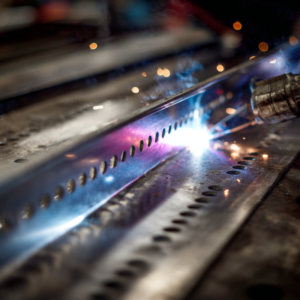
How Does Stainless Steel Sheet Metal Fabrication Work
- Optimizing OEM Vessel Footprints for Efficient Layouts
- Pressure Vessels for Automation in Industrial Plants
- Industrial High-Pressure Vessel Challenges in Modern Processing
- Standard vs. Custom Vessels: Choosing the Right Solution for OEM Applications
- The CAD, FEA Engineering Role in OEM Pressure Vessel Design
- OEM Vessel Fabrication Innovations: Enhancing Pressure Vessel Strength and Precision
About Author

